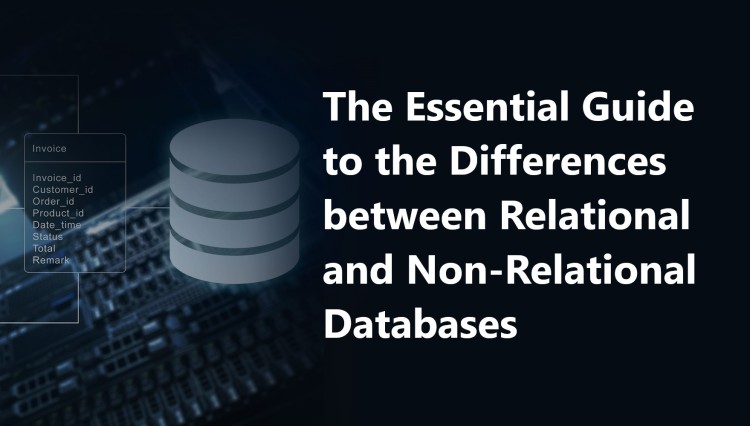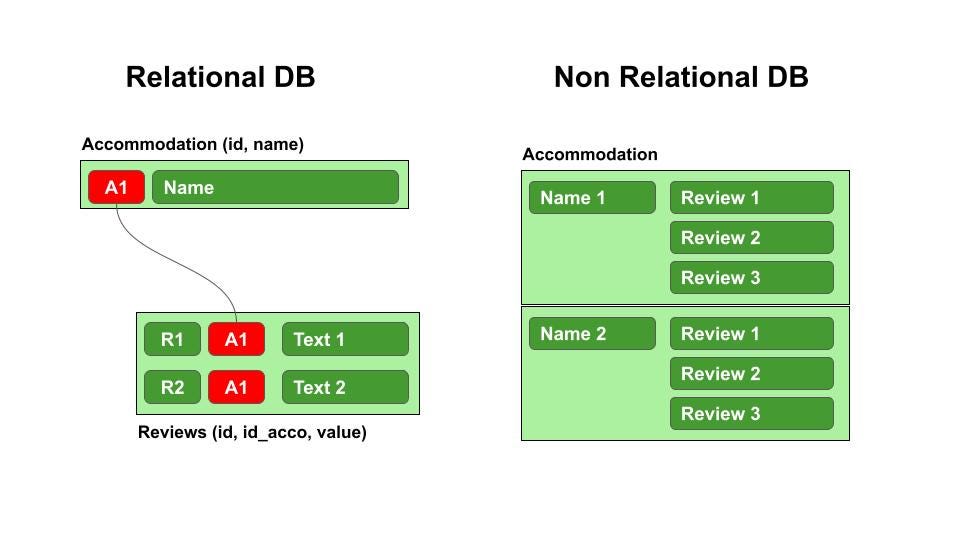The Essential Guide to the Differences between Relational and Non-Relational Databases

A database is a structured collection of data that has been set up and stored to make it easy to manage and manipulate the information. Numerous organizations, including businesses, governments, and educational institutions, use them. From straightforward lists and records to intricate data structures used by software applications and systems, databases are used to store a wide range of information.
For example, tables made up of rows and columns are commonly used to organize databases. In a table, each row denotes a single record, and each column denotes a record field. Using a customer database as an illustration, a table with columns for the customer's name, address, phone number, and email address might be present.
A database management system, or DBMS for short, is a piece of software that facilitates communication between users and other applications and databases. Users can store, retrieve, update, and manage data in a structured and organized way with the help of a database management system (DBMS), which acts as an intermediary between them and the database. There are two types of DBMS: Relational Database and Non-Relational Database, each with different distinct ways of handling data. Below is a comparison of the two.

- Relational Database
- A relational database is a system for storing and managing structured and organized data efficiently. It was created to handle structured data with clearly defined relationships and is based on the principles of relational algebra. The standard type of database is a relational database. They store information in tables, which have rows and columns. In a table, each row denotes a single record, and each column denotes a record field.
- The relational model of data, created by Edgar Codd in the 1970s, is the foundation of relational databases. A set of rules called the relational model governs a database's storage and organization of data.
- Relational databases are the most popular type of database and are commonly used by a wide variety of organizations, including businesses, governments, and educational institutions.
- Non-Relational Database
- On the other hand, NoSQL databases are a more recent variety of database. Compared to relational databases, they are intended to be more adaptable and scalable. They can store structured, semi-structured, and unstructured data, among other types of data.
- NoSQL databases don't use the relational model of data as their foundation. Instead, they make use of various data models, including key-value, document, column-family, and graph.
- Particularly for applications that need to store and manage large amounts of data, NoSQL databases are rising in popularity. They are also well-liked for use in programs that require a high degree of scalability and availability.
Comparison of Relational and Non-Relational Database

The particular requirements of your application will determine whether you choose a relational database or a non-relational database. While non-relational databases excel at handling significant volumes of unstructured or semi-structured data and offering high scalability, relational databases are better suited for structured data and complex relationships. Hybrid approaches are occasionally used to take advantage of the strengths of each type of database.
From web applications to enterprise-level systems, databases are a fundamental part of many software systems and are essential for managing, storing, and retrieving data. Various database systems are selected based on the requirements, characteristics, and needs of the application.
Additionally, the Database Management System (DBMS), which is used in both small- and large-scale enterprise systems, is essential for contemporary applications. It is a critical component of information management in the digital age because it ensures that data is well-organized, safe, and accessible to users and applications.
